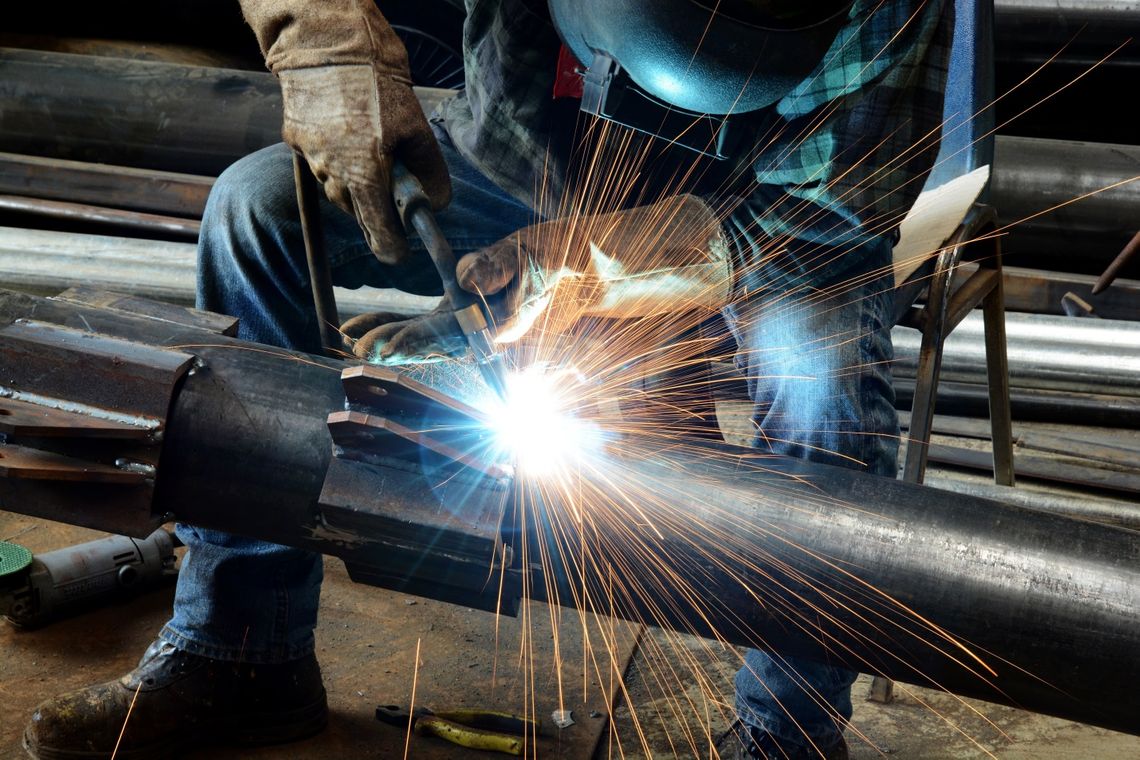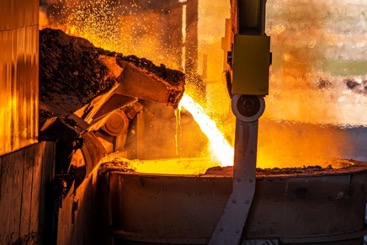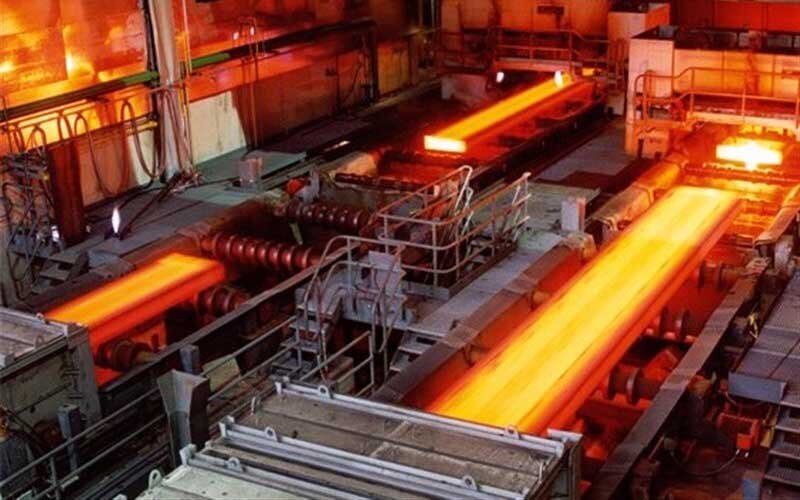Power Transmission & Energy
What is Power Transmission & Energy
The large-scale transport of electrical energy from generating power plants to electrical substations is known as electric power transmission. High voltages are used to transfer electricity across long distances, reducing the amount of electricity lost. Power transmission is more particularly the large-scale transfer of electrical energy from a generating location, such as a power plant, to an electrical substation.
In the energy sector, accuracy, durability, and real-time monitoring are essential for safety, efficiency, and uptime. Whether it’s power generation, transmission, or distribution — the environment is demanding, and the data must be precise.
At Kelfos, we deliver robust sensing and data logging technologies engineered to withstand extreme conditions while providing accurate, reliable measurements for a wide range of energy applications.
What Is Power Transmission
Electric power transmission as a field did not exist until the late 19th century. Direct current (DC) was used in the earliest electric generating since it could not be easily increased in voltage for long-distance transmission. Streetlights, factory electric motors, streetcars, and residential lights all required various voltages, necessitating separate generators. Additionally, generators needed to be quite close to their loads—at most, a mile away for low-voltage equipment. In order to accommodate the various classes of loads that their inventions required, electric firms ran various lines.
The reliability, efficiency, and safety of long-distance power transmission were all enhanced by the introduction of alternating current, or AC, electric power. A transformer can be used to increase or decrease electrical energy that is distributed as alternating current.
What Is Energy Transmission
Transmission of energy is used to deal with the temporal mismatch between the production of (renewable) energy and changes in demand, in addition to transferring energy from the primary sites of generation to those sites. As a result, energy storage and transmission may be complementary. Short-distance mechanical energy transfer is accomplished by mechanical devices, but mechanical connections with moving components are impractical at lengths that would be relevant for transmission lines. Energy storage enables adaptation to changes in energy consumption. The ability to be quickly accessed and the capacity to supply energy in a variety of forms are qualities of the ideal energy storage system.
Due to technological limitations in accurately producing the necessary amount of energies for carrying out the tasks, energy transmissions in particular typically cannot be conducted precisely in a control system. This introduces model errors into the system.
Creating International Energy Connections
The most fundamental aspect of global energy integration is energy transmission. With the flow of electricity produced from coal as well as from hydro, nuclear, wind and solar energy all being transmitted through power networks, electric energy transmission is a significant source of energy transport. A global energy interconnection can transform different kinds of primary energy into electricity for transmission across power grids as the means for the optimised deployment of energy resources. It makes it possible for power and energy to be transmitted at the speed of light.
Applications
Industrial Automation
Industrial automation is the use of tools like computer software and robots to operate equipment and procedures that take the place of people in carrying out particular tasks. Manufacturing, quality control, and material handling procedures are the main foci of the functions.
Our expertise in the field
The most cutting-edge automation equipment available today includes CNC and robotic devices. By monitoring data, automated devices can boost productivity and eliminate waste on the manufacturing line. Automated devices can control events in a variety of ways.

Construction Machinery
All equipment used in construction, from soil excavation through the transportation, loading, and unloading of materials, as well as waste disposal, is referred to as construction machinery.
Our expertise in the field
Heavy-duty vehicles specifically created for carrying out construction activities, most usually including earthwork operations, are referred to as construction equipment.

Material Handling System
In manufacturing, warehousing, distribution, consumption, and disposal, material handling refers to the movement, protection, storage, and control of materials and goods.
Our expertise in the field
AGVs, robotic delivery systems, conveyor belts, and automated storage and retrieval systems (AS/RS), which automate systems frequently incorporating AGVs to improve warehouse efficiency, are a few examples. Basically, anything that moves materials around.


Reliable Environmental Monitoring for Power Infrastructure
Temperature & Humidity Transmitters play a vital role in maintaining the safety and efficiency of electrical infrastructure. In environments like control rooms, transformer yards, battery storage areas, and high-voltage switchgear panels, even slight changes in temperature or humidity can lead to serious issues such as overheating, condensation, insulation breakdown, and electrical faults. The Kelfos TH Series Transmitters are specifically designed to monitor these parameters with high accuracy and reliability. Engineered with robust, industrial-grade components, these transmitters deliver consistent performance in both indoor and outdoor environments, including harsh and high-EMI zones. With options for analog (4–20 mA) or digital (RS-485/Modbus) outputs, they integrate easily into existing SCADA, PLC, or building management systems. Their fast response time ensures early detection of critical changes, allowing for proactive maintenance and avoiding unplanned downtime.
Need a Consultation? Contact Us 24/7
Innovative Test & Measurement Solutions for Market Leadership




